How to grow ranunculus
Discover how to grow ranunculus – 'the rose of the spring' – which will bring colorful, frilly blooms to your garden
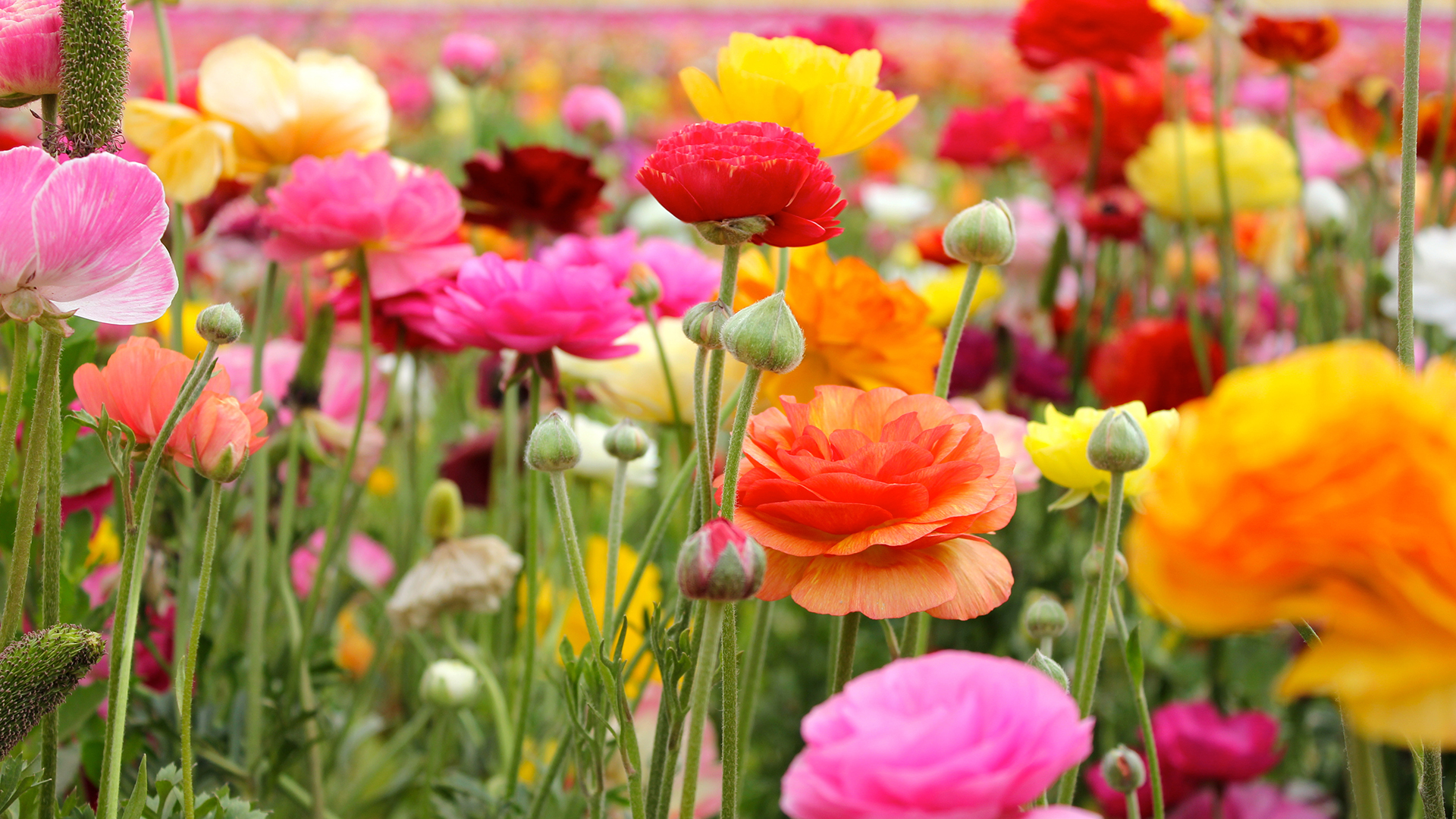
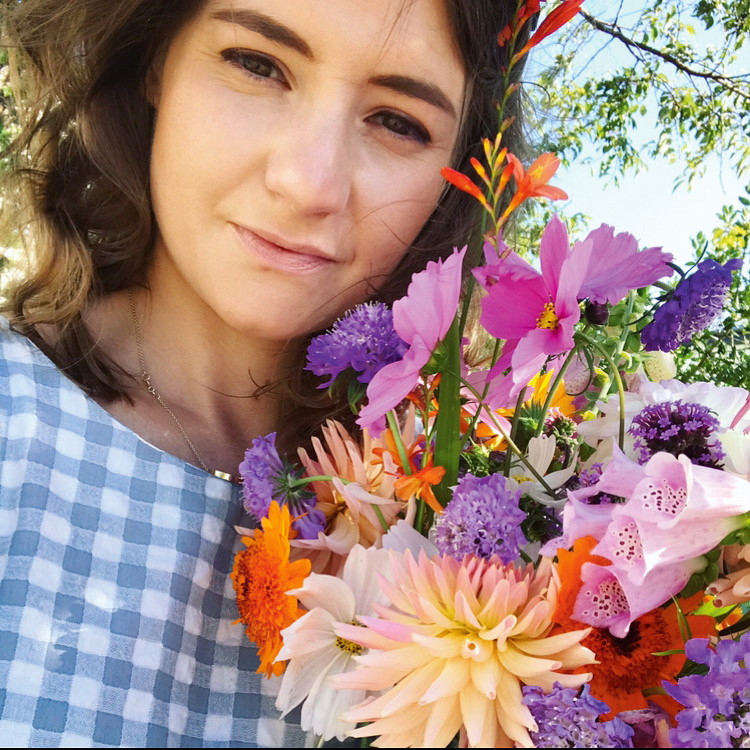
Growing ranunculus is a rewarding garden job. With their petal-packed, blowsy blooms, ranunculus have the romance and elegance to rival roses, so who would guess that they’re related to the humble meadow buttercup?
Ranunculus flowers come as singles and doubles, some of which are densely packed with petals. Also known as the Persian Buttercup, and referred to by some gardeners as 'the rose of the spring’, these flowers, unlike their yellow wildflower relatives, are available in a spectrum of shades from yellows and oranges through to pinks and purples and are perfect flower bed ideas for giving you that romantic rose fix in spring.
Ranunculus are perfect for bringing spring color to borders or containers, but are also brilliant for cutting, boasting an outstanding vase life, plus, they are not readily available in supermarkets or from many florists, so are perfect for growing yourself.
Once cut and striped of their leaves, they will last at least a week or more in clean water. To get the most out of your ranunculus, cut them when the buds begin to show color and are still soft.
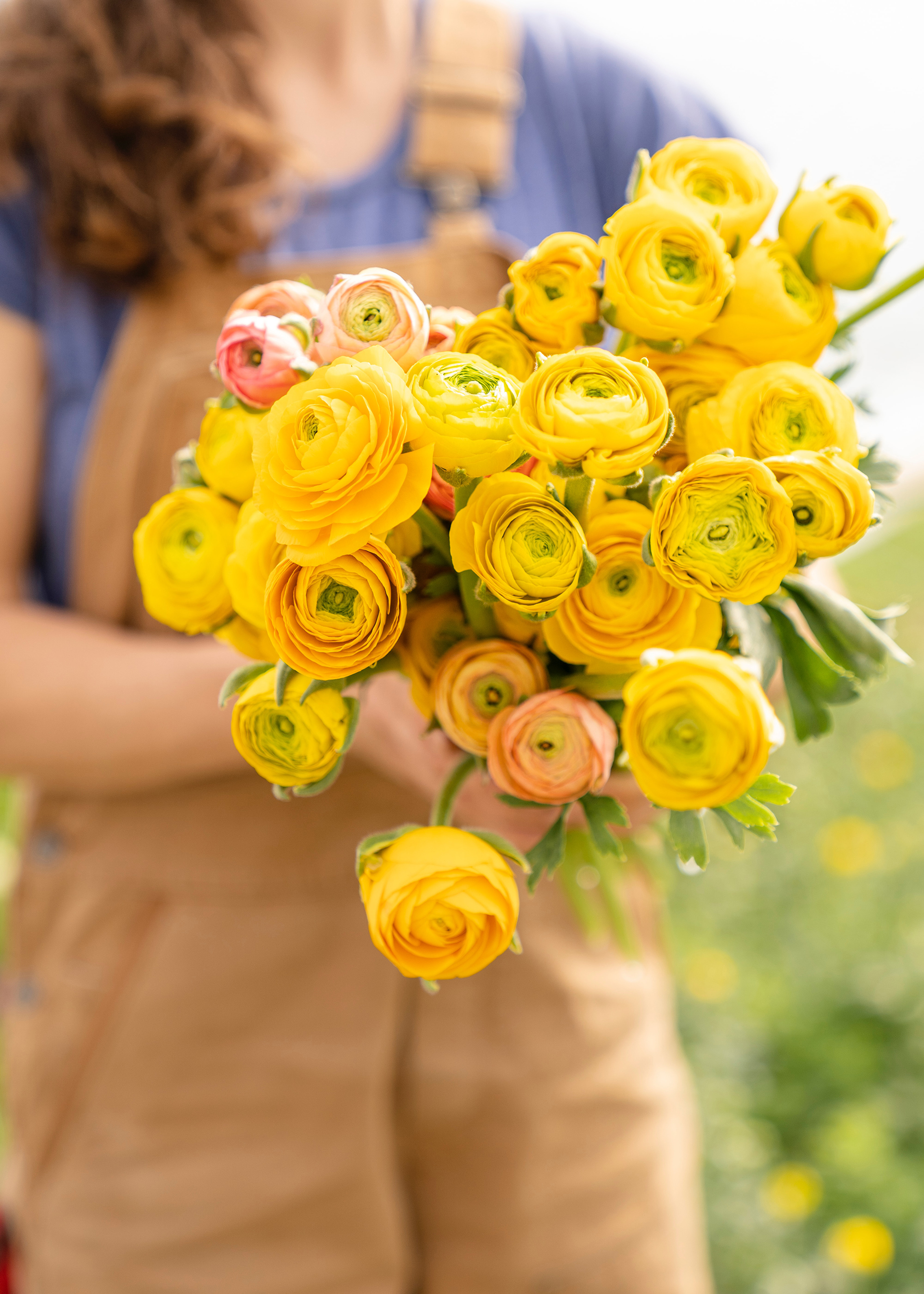
How to grow ranunculus
Ranunculus will thrive in a sunny, sheltered spot with free-draining soil and should be protected from strong winds. If placed in a waterlogged or boggy position the tubers may rot.
Ranunculus are half hardy, so it is recommended to start them off in pots under cover and to transplant them once the risk of frost has passed. They can be planted directly into the ground in warmer areas, but it is recommended to cover them with a cloche or fleece on cold nights.
See below for instructions on how to grow ranunculus.
- When you buy ranunculus bulbs they will come as small claw-shaped corns. Before planting, soak the corns in water for two to three hours.
- Once soaked, plant the corns claws down, 2in deep, into individual pots filled with potting compost mixed with some grit to aid drainage.
- Plant out ranunculus into their flowering position when the danger of frost has passed in mid-spring, spacing the pants about 2 to 4in apart. Water in well.
- Before planting, you can mix in granular fertiliser into the soil.
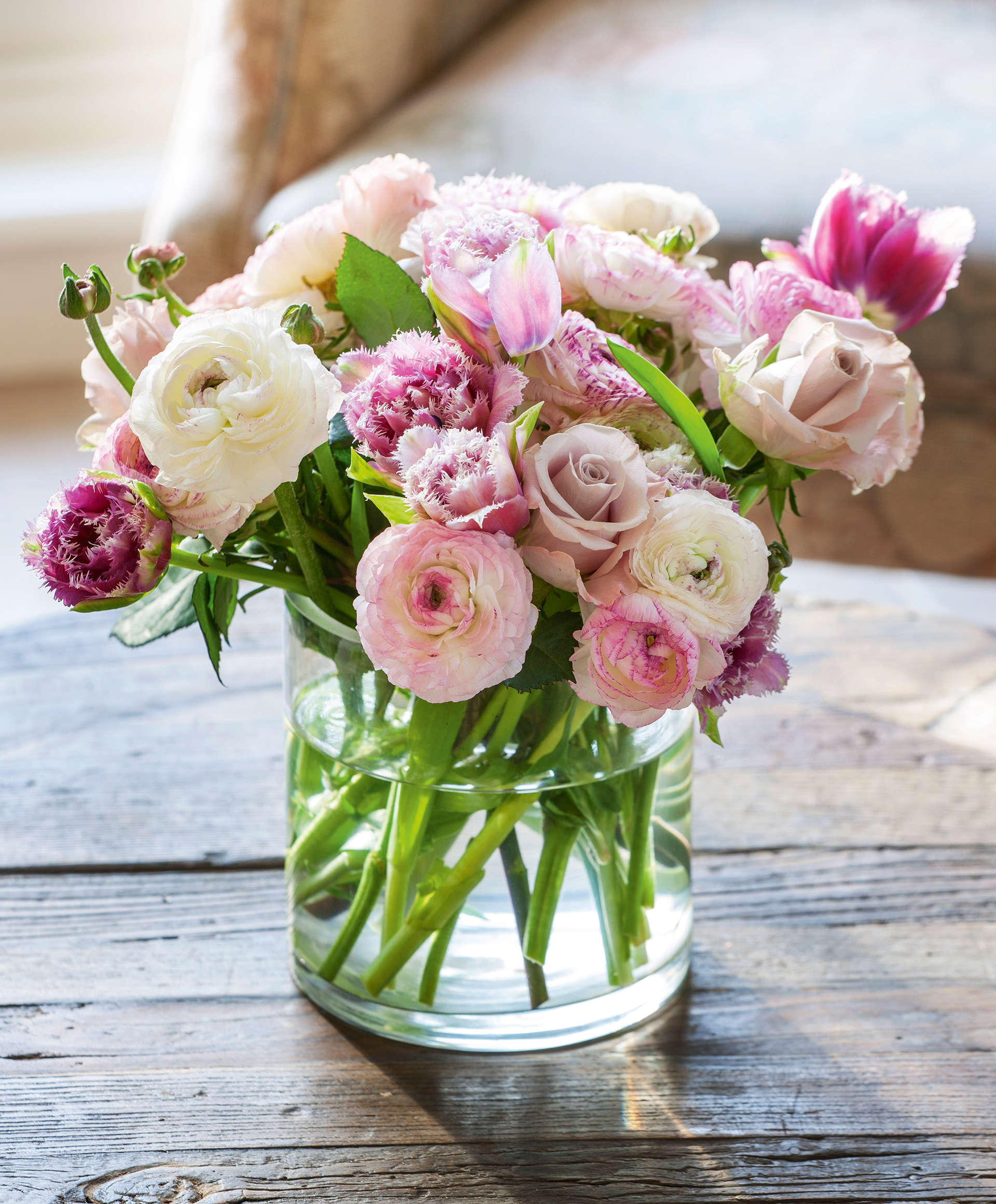
Growing ranunculus in pots
Ranunculus grow well in pots so are a container gardening ideas for bringing spring color and interest to a patio area, small garden or balcony. Being half hardy, it is best to start ranunculus off in pots undercover, and overwintering them in a greenhouse.
Choose a large pot and place crocs or gravel at the bottom to aid drainage. In autumn, part fill the pot with compost and plant several corns 2in apart around 4in deep, ensuring the claws are facing down.
Keep undercover in a greenhouse or conservatory over winter. Once the weather warms in spring, the pot can be moved outdoors into its desired position. In autumn the pot can then be easily taken back under cover to be protected from frost until the following spring.
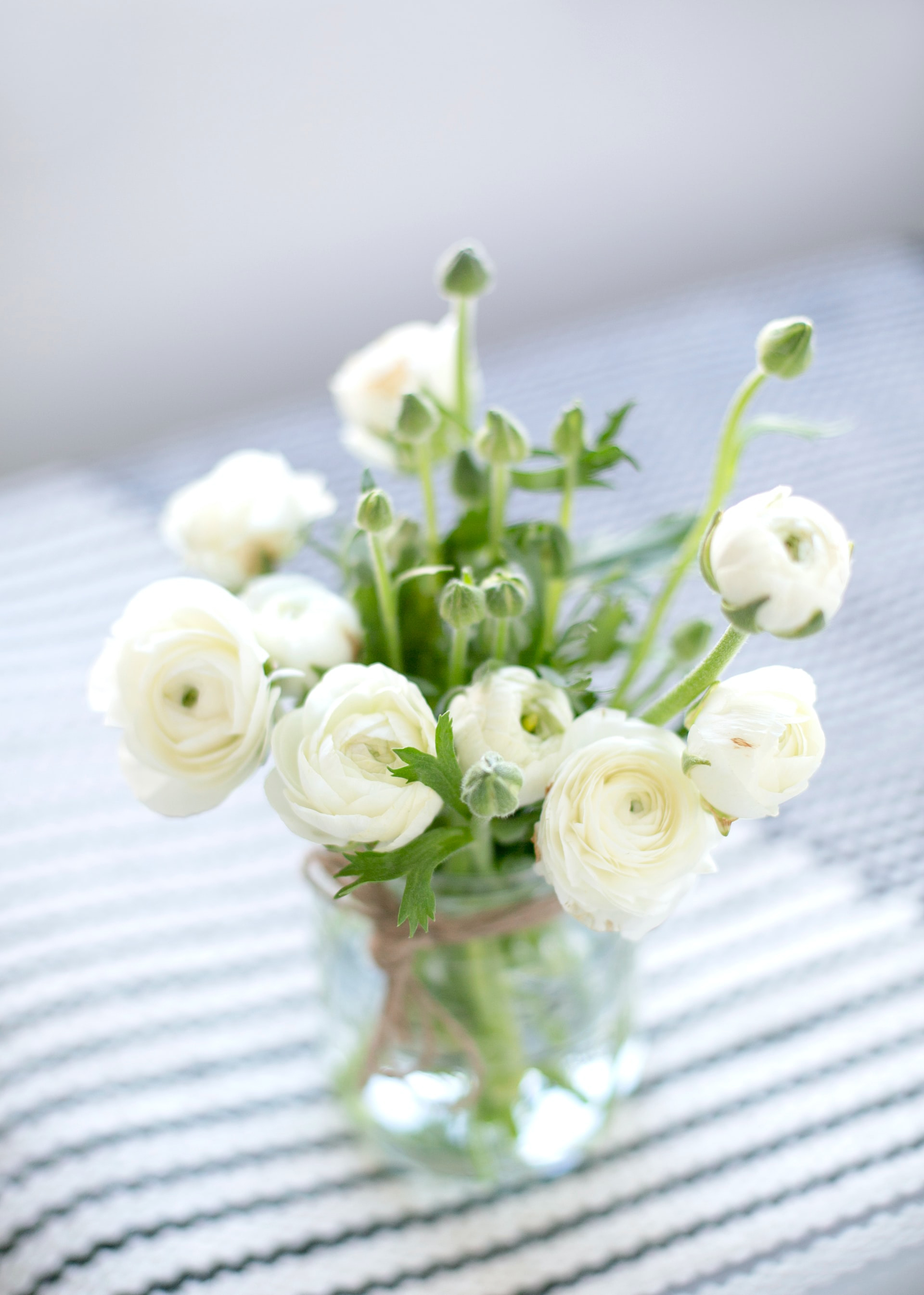
When to plant ranunculus
Ranunculus are versatile and can be planted in September – November for spring flowering, or in spring for flowers in summer. Planting ranunculus in autumn will bring blooms in early spring - the perfect way to banish those winter blues.

How do you take care of ranunculus?
Ranunculus will need watering in dry weather and during flowering can be fed with a high potash fertiliser.
Once ranunculus have flowered, let the foliage die back naturally to help nourish the corns, then in autumn cut them back.
Sign up to the Homes & Gardens newsletter
Design expertise in your inbox – from inspiring decorating ideas and beautiful celebrity homes to practical gardening advice and shopping round-ups.

Pippa is a contributor to Homes & Gardens. A graduate of Art History and formerly Style Editor at Period Living, she is passionate about architecture, creating decorating content, interior styling and writing about craft and historic homes. She enjoys searching out beautiful images and the latest trends to share with the Homes & Gardens audience. A keen gardener, when she’s not writing, you’ll find her growing flowers on her yard for styling projects.
-
 These are the 6 must-have colors to decorate with in April 2025
These are the 6 must-have colors to decorate with in April 2025What do retro-inspired yellows and beautiful blues all have in common? They're on our hot list for the season ahead
By Sophia Pouget de St Victor Published
-
 Plants never to grow next to fruit trees
Plants never to grow next to fruit treesExpert advice on which plants to keep away from fruit trees to encourage a healthy harvest
By Jacky Parker Published
-
 Water garden ideas – 9 ways to introduce soothing water to your outdoor space
Water garden ideas – 9 ways to introduce soothing water to your outdoor spaceFrom cascading fountains to wildlife ponds, there are plenty of ways to create a tranquil water garden
By Leigh Clapp Published
-
 How to grow poppies
How to grow poppiesFind out how to grow poppies to enjoy the beauty of these brightly colored tissue paper-like blooms
By Leigh Clapp Published
-
 How to grow delphiniums from seed
How to grow delphiniums from seedFind out how to grow delphiniums from seed and enjoy these colorful cottage garden favorites filling beds and borders
By Leigh Clapp Published
-
 How to grow ferns – when and how to plant and care for them
How to grow ferns – when and how to plant and care for themLearn how to grow ferns to enjoy the texture and form of these versatile plants in many areas of your garden
By Leigh Clapp Published
-
 How to grow sweet peas from seed – in borders and pots
How to grow sweet peas from seed – in borders and potsFind out how to grow sweet peas and where to enjoy their wonderful color, ruffled blooms and sweet fragrance in your garden
By Pippa Blenkinsop Published
-
 How to make fat balls for birds – easy steps feed our feathered friends
How to make fat balls for birds – easy steps feed our feathered friendsLearn how to make fat balls for birds to ensure their wellbeing throughout the winter
By Holly Reaney Published
-
 Planning a kitchen garden – from layouts to picking the best crops
Planning a kitchen garden – from layouts to picking the best cropsPlanning a kitchen garden is easy with this expert advice – whether yours is in beds, borders or a dedicated patch – you're guaranteed success
By Leigh Clapp Published
-
 How to grow cosmos – expert tips on when and where to plant these flowers
How to grow cosmos – expert tips on when and where to plant these flowersLearn how to grow cosmos to add bright color in your garden from summer through to fall with their beautiful blooms
By Leigh Clapp Published